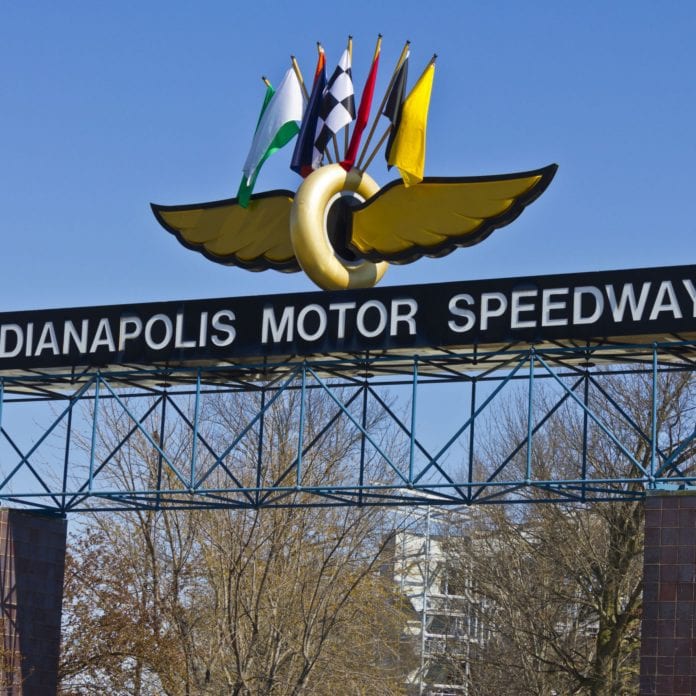The pre-standard 5G demo involves Verizon, Ericsson and Intel
In the run-up to the Indianapolis 500 race this weekend, a trio of tech heavy-hitters are demonstration pre-standardized 5G technologies in the context of a connected, smart home. Verizon, Ericsson and Intel are taking the opportunity to showcase consumer-facing entertainment aspects of ultra high capacity and ultra low latency network throughput including streaming virtual reality and 360-degree, 4K video.
For the showcase in Speedway, Ind., Verizon deployed a 5G trial network using Ericsson network equipment and Intel’s in-home gateway device. The user experience involves using a headset, which provides a 4K, 360-degree view of the track that supplemented with virtual reality elements. Other use cases touted by the companies include crystal-clear security camera feeds that can be tapped through the cloud, other VR and AR interactions, and providing a platform for internet of things devices and services.
The group also looked ahead to how full-blown commercial 5G will impact the user experience for major sporting events like the Indianapolis 500. From a statement, 5G and the video services being demoed can be coupled with in-car sensor data “allowing fans to virtually take the driver’s seat.” Beyond the viewer experience, real-time data analysis will allow pit crews to drive innovation around vehicle/driver performance and race safety.
Beyond the smart home demo, Verizon will use the 5G network to connect to driver Will Power’s No. 12 Verizon Team Penske Dallara/Chevrolet IndyCar Series vehicle. Using Ericsson radio, antenna, processing and beam forming and tracking equipment, testing saw “sustained broadband speeds” of more than 6.4 Gbps between a base station and a car moving around 60 mph.
Adam Koeppe, vice president of network planning for Verizon, said, “Mobile data networks will become the backbone of the 21st century, with Verizon and Ericsson going beyond 4G to support the internet of things to come. From autonomous vehicles to enhanced communication to passenger entertainment, we’re building performance and reliability into the core of this new network, just as it is the backbone of every Indianapolis 500 winner.”

